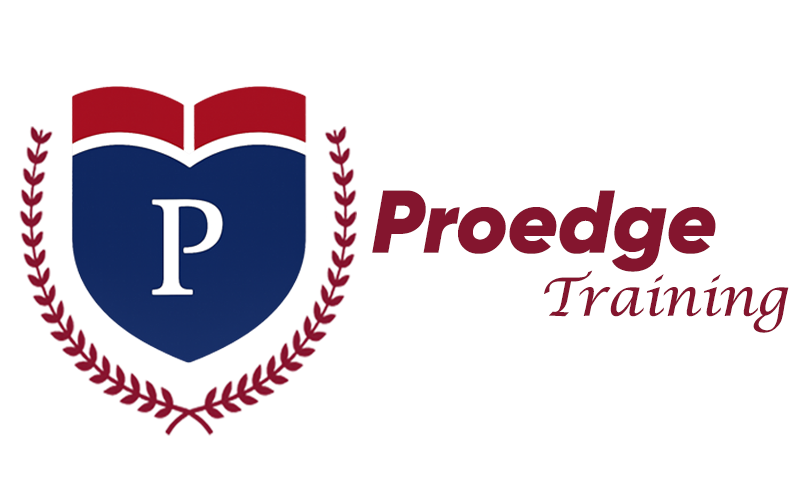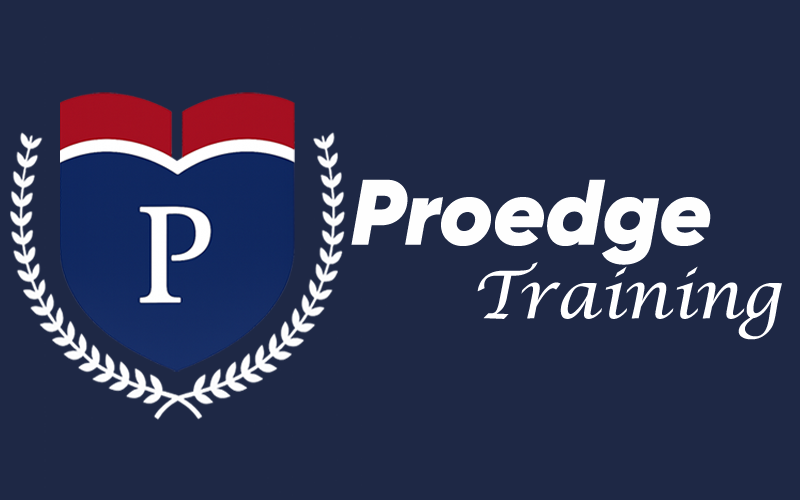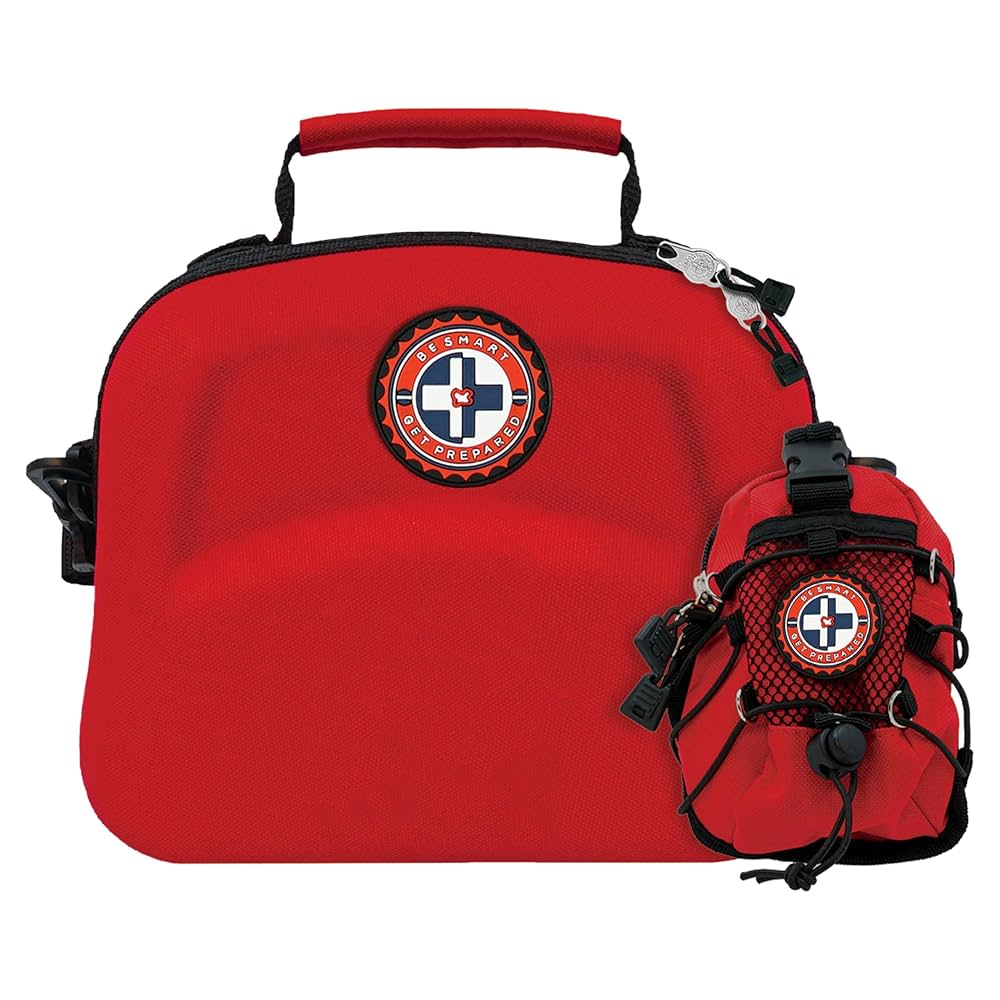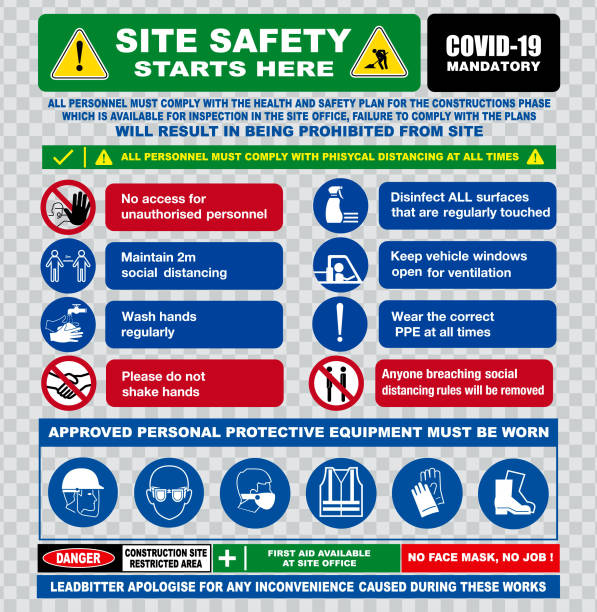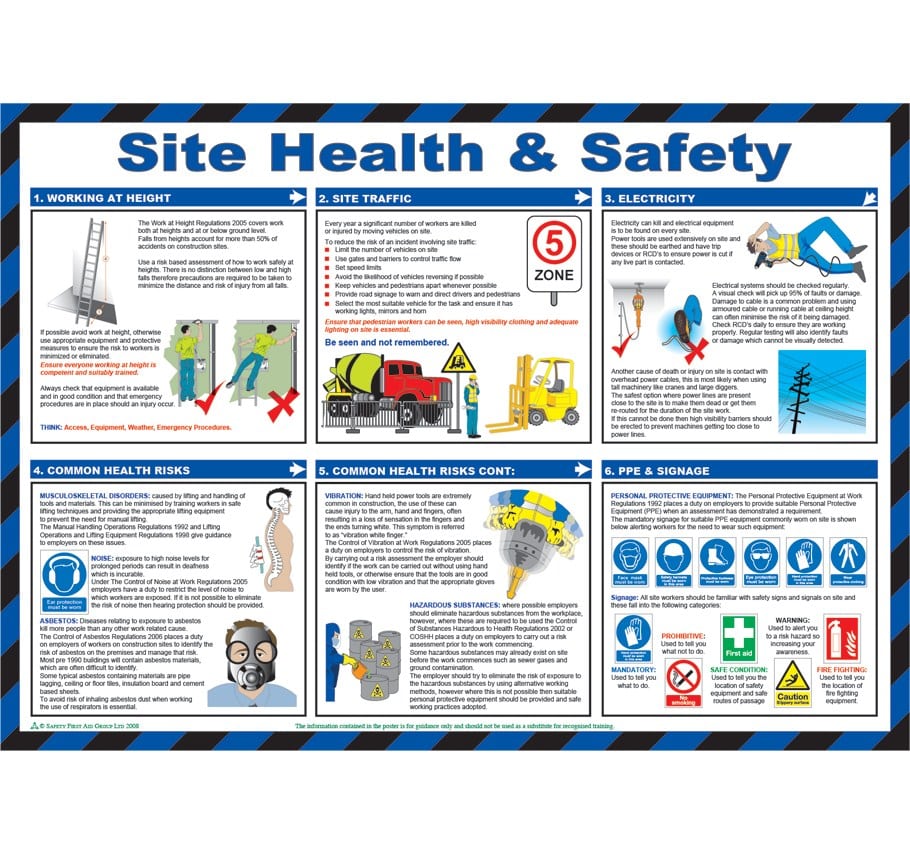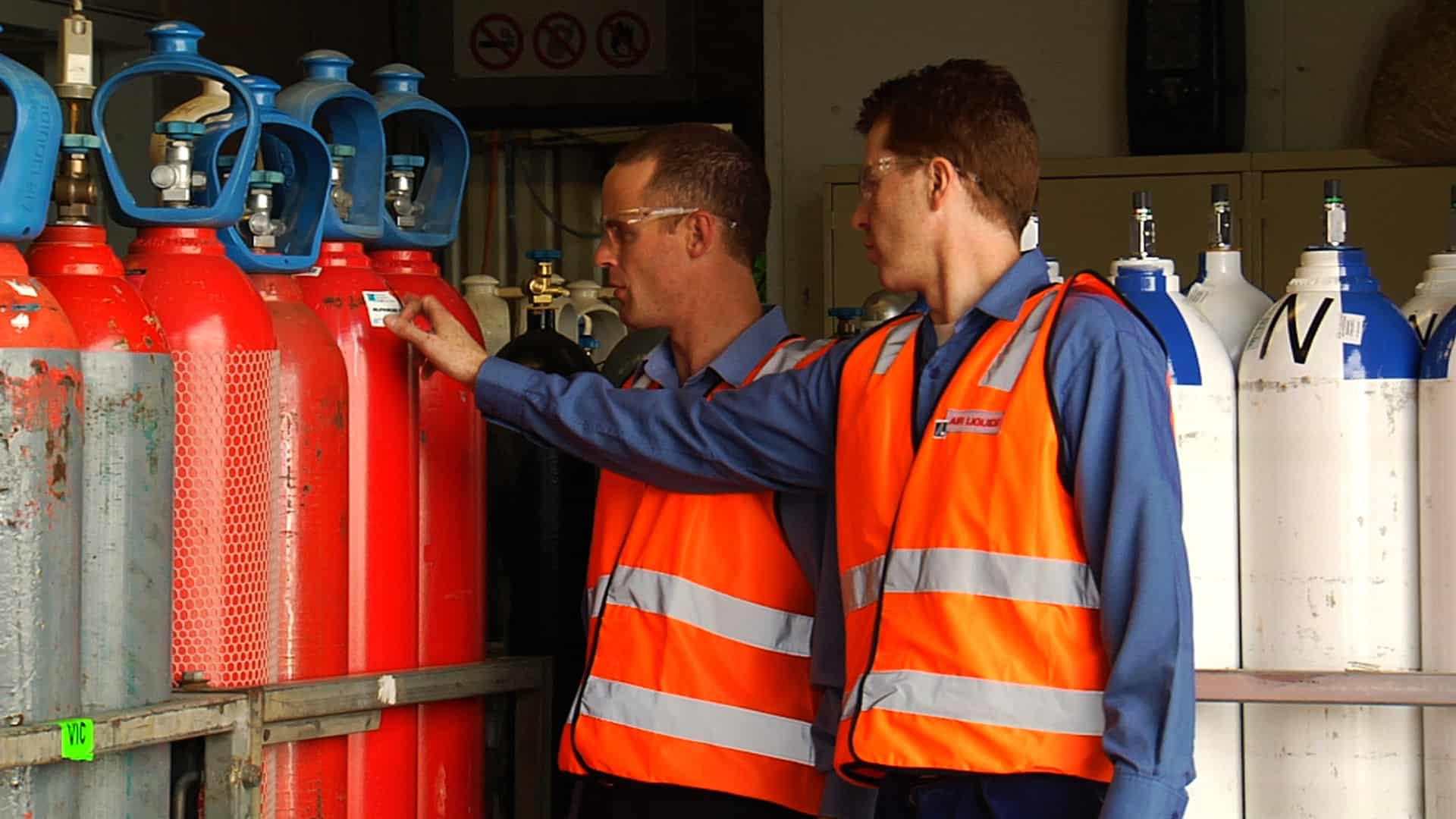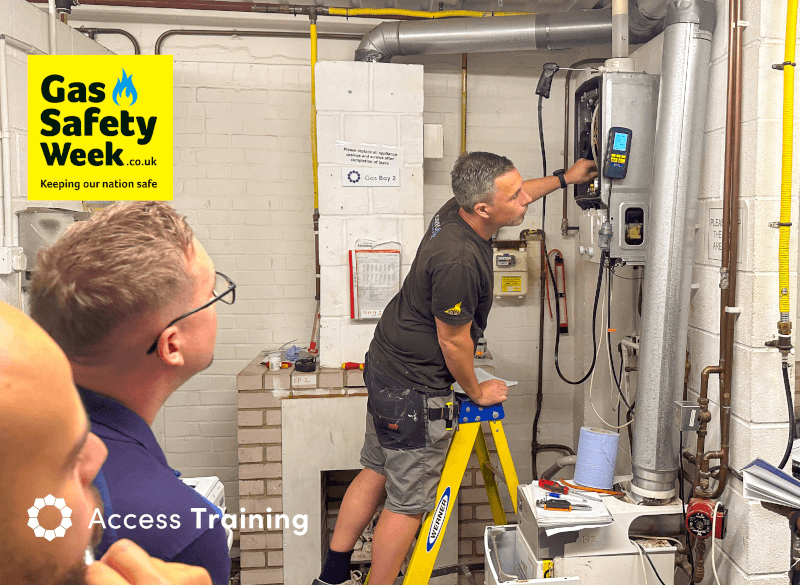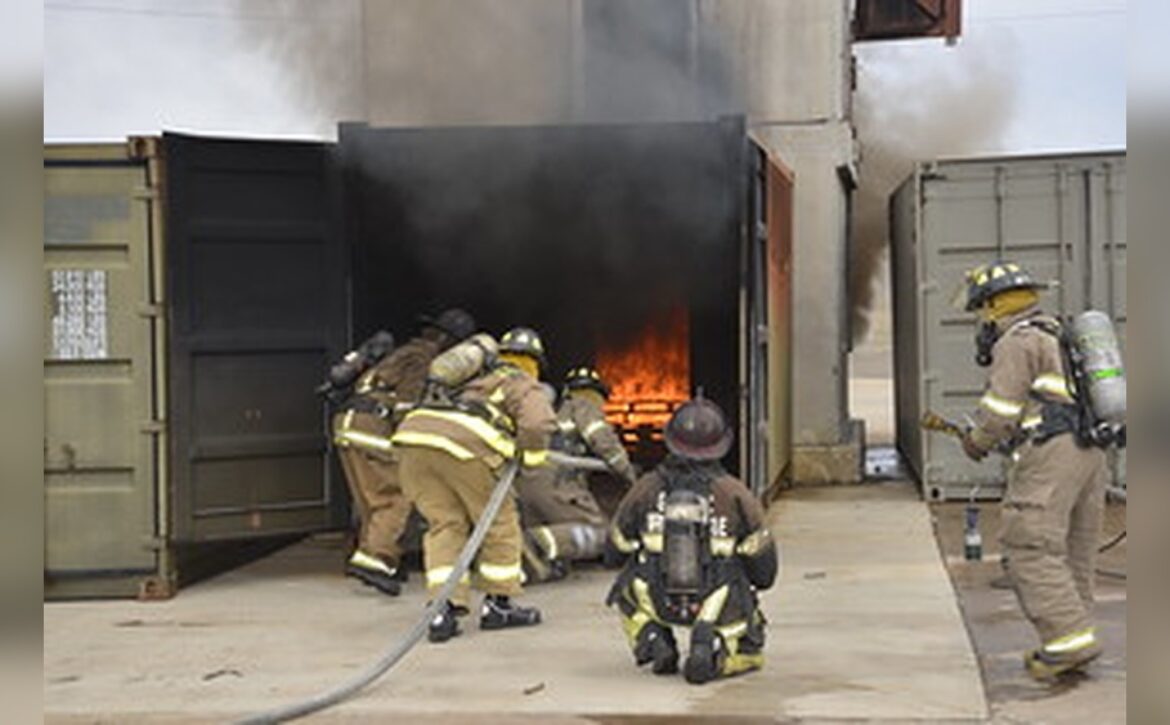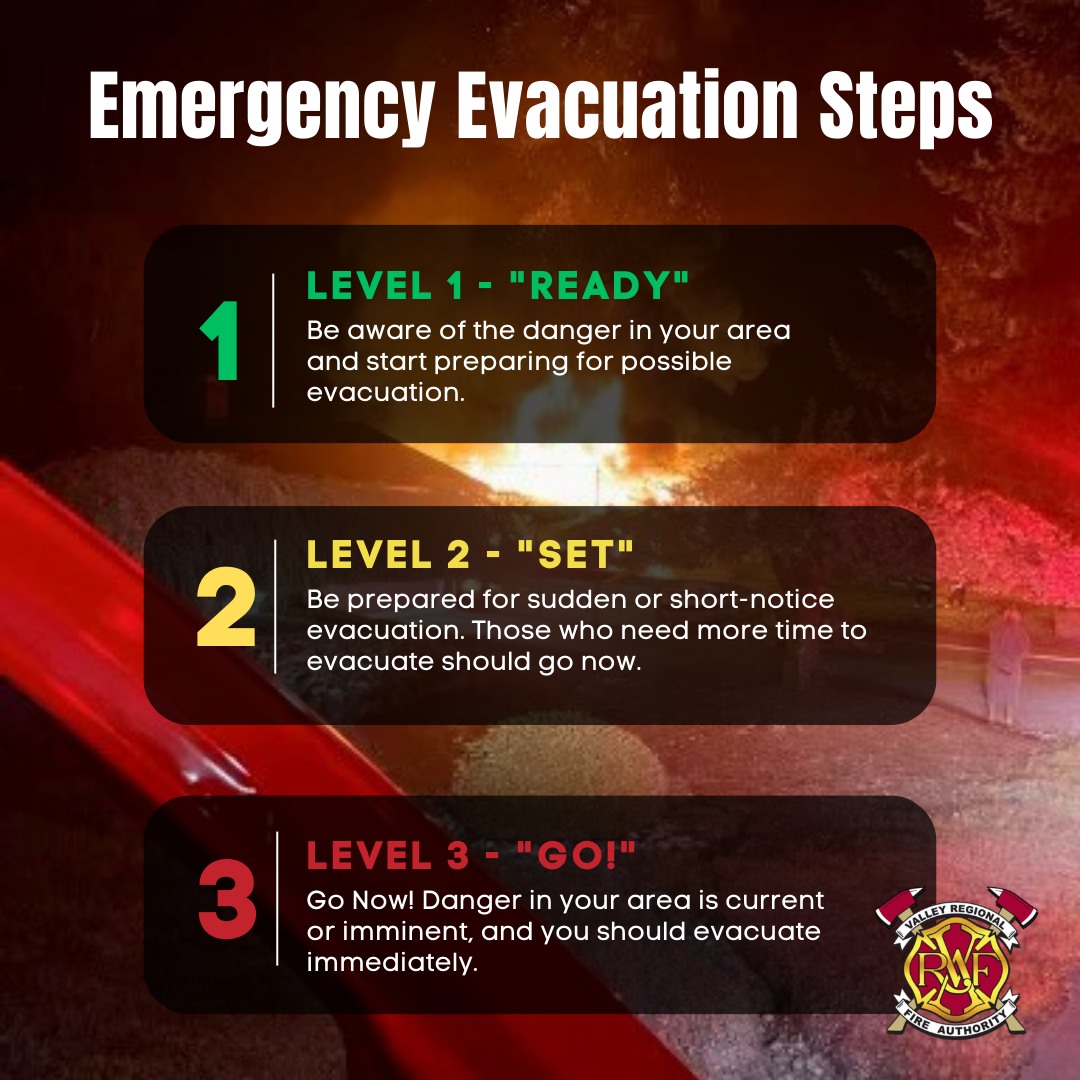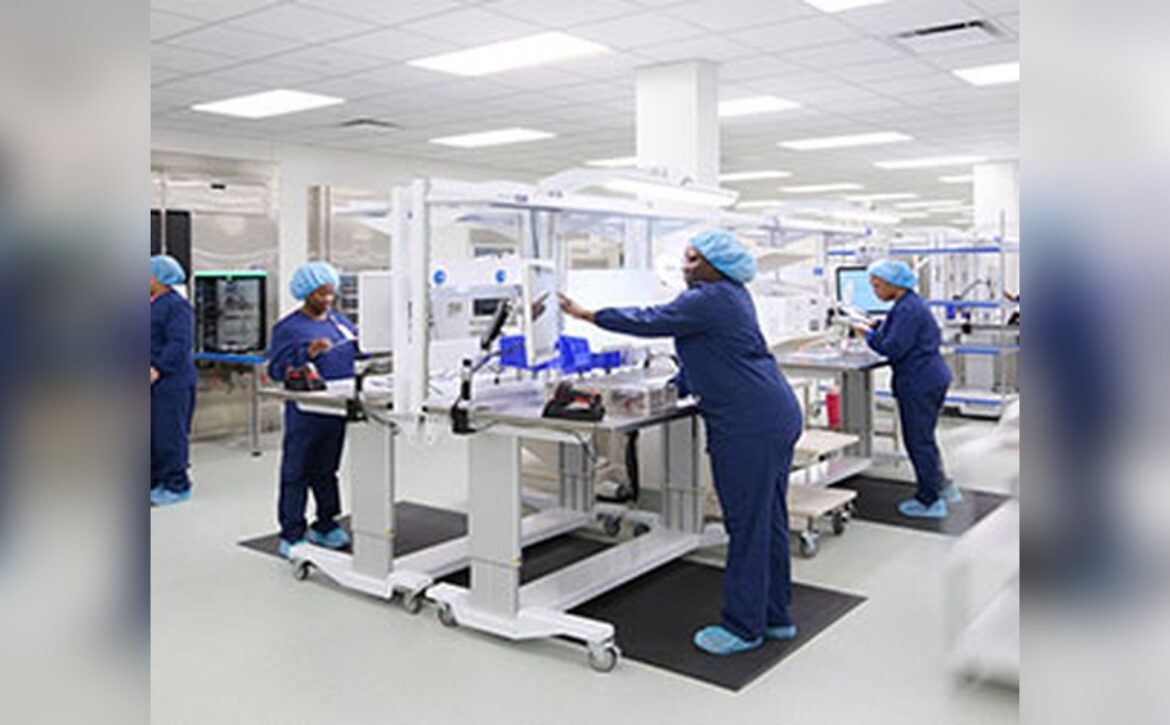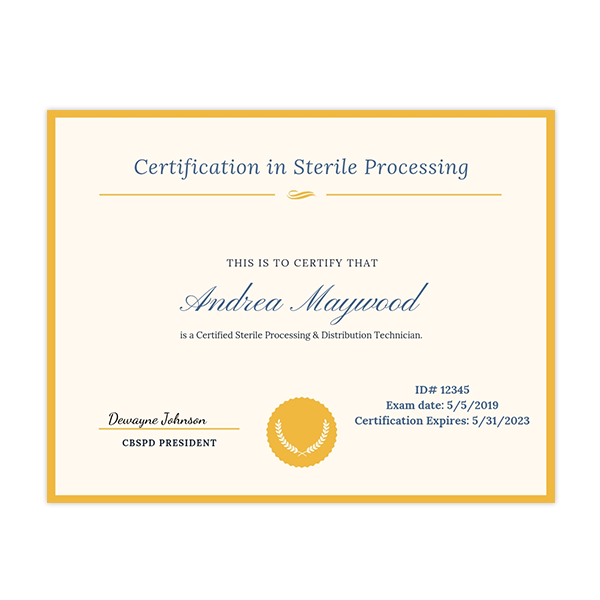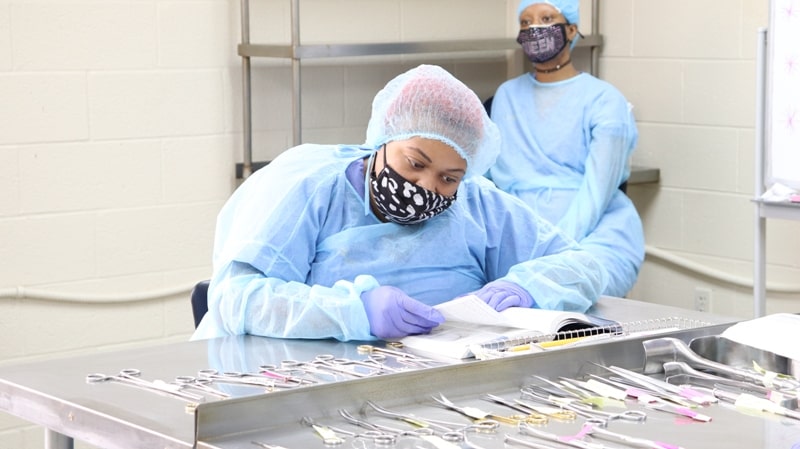How to Become a Food Hygiene And Safety For Catering: Expert Tips
Are you passionate about cooking and dream of crafting delightful dishes for others? Imagine, for a moment, your culinary creations not only tantalizing taste buds but also ensuring the utmost safety and hygiene for your patrons.
Food hygiene and safety are the unsung heroes behind every successful catering business, ensuring that each dish served is not only delicious but also safe to consume. In this guide, you’ll discover the essential steps to master food hygiene and safety in catering.
Whether you’re an aspiring chef, a seasoned caterer, or someone keen to learn more about food safety, the insights here are tailored just for you. As you read on, you’ll uncover invaluable tips and practices that could make the difference between a good meal and an unforgettable dining experience. Keep reading to equip yourself with the knowledge that could elevate your culinary career and protect those who savor your culinary creations.
Importance Of Food Hygiene
Food hygiene is crucial in catering. It impacts the health of customers and the reputation of your business. Proper food hygiene practices prevent contamination and ensure safe food. This is essential for maintaining trust and delivering quality service.
Preventing Foodborne Illness
Foodborne illnesses are a major concern in catering. They can cause serious health issues. Good hygiene practices help reduce the risk of these illnesses. Proper cooking and storage methods kill harmful bacteria. Regular hand washing prevents the spread of germs. Clean surfaces and utensils also play a key role.
Ensuring Customer Safety
Customer safety should be a top priority in catering. Safe food practices protect your guests from harm. They build trust and confidence in your service. Training staff on hygiene standards is vital. This ensures everyone follows the correct procedures. Regular checks and audits help maintain these standards. Safe practices ensure your customers enjoy their meals without worry.

Key Principles Of Food Safety
Understanding the key principles of food safety is essential in catering. Proper food hygiene ensures the well-being of your customers. It also upholds your business reputation. By following these principles, you can prevent foodborne illnesses. Let’s explore some vital aspects of food safety in catering.
Proper Food Storage
Proper food storage keeps ingredients fresh and safe to eat. Use the right temperatures for different foods. Refrigerate perishable items promptly. Store raw and cooked foods separately. This avoids cross-contamination. Label food containers with dates. This helps track freshness. Rotate stock using the “first in, first out” method. This ensures older items are used first.
Safe Food Preparation
Safe food preparation is crucial in preventing contamination. Always wash your hands before handling food. Use clean utensils and surfaces. Cook foods to the right temperatures. This kills harmful bacteria. Use a food thermometer to check internal temperatures. Avoid using the same tools for raw and cooked foods. This reduces cross-contamination. Keep food preparation areas clean and sanitized.
Essential Training For Caterers
In the bustling world of catering, food hygiene and safety are paramount. Ensuring that every dish is prepared with utmost care safeguards customers and maintains reputation. This requires essential training for caterers, helping them stay updated with the best practices.
Certification Programs
Certification programs provide structured learning. They cover critical areas such as food storage, preparation, and serving. Accredited courses often include practical assessments. This ensures caterers apply knowledge effectively. Many programs offer flexibility with online and in-person options. Choose one that suits your schedule and learning style.
Continuing Education
Continuing education keeps caterers informed of industry changes. Regular updates on food safety regulations are crucial. Workshops and seminars offer insights into new techniques. They also present opportunities to network with other professionals. Staying engaged with ongoing training enhances skills and knowledge.
Effective Cleaning Practices
Effective cleaning practices are the backbone of food hygiene and safety in catering. Imagine walking into a kitchen that gleams with cleanliness and smells fresh—it’s more than just visually appealing. It’s a promise of quality and safety to your clients. Maintaining this level of cleanliness requires dedication and a clear understanding of effective cleaning practices. Let’s dive into the specifics, starting with sanitization techniques, then moving to equipment maintenance.
Sanitization Techniques
Sanitization is more than just wiping surfaces. You need to use the right products to eliminate bacteria and germs. Opt for food-safe sanitizers that are proven to kill 99.9% of pathogens.
It’s vital to follow the product instructions. A common mistake is using too much or too little solution. Measure accurately and apply evenly for effective results.
Consider timing. Do you sanitize after every service or just at the end of the day? Regular sanitization prevents cross-contamination and ensures food safety.
Equipment Maintenance
Equipment maintenance is equally crucial. Clean your tools and machines regularly to prevent the buildup of grime and bacteria. A spotless oven or mixer not only works efficiently but also upholds hygiene standards.
Develop a cleaning schedule. Decide how often each piece of equipment needs maintenance. Sticking to a routine ensures nothing is overlooked.
Ask yourself—have you checked your equipment manuals? They often contain specific cleaning guidelines you might miss. Following these can extend the life of your equipment and keep it in top condition.
Effective cleaning practices are within your reach. What changes will you make today to ensure the best food hygiene and safety in your catering service?
Managing Allergies And Dietary Restrictions
Ensuring food safety in catering requires knowledge of managing allergies and dietary restrictions. Training in food hygiene helps prevent cross-contamination. This protects guests with specific dietary needs, ensuring safe and enjoyable dining experiences.
Managing allergies and dietary restrictions is crucial in catering. Many people have specific dietary needs. These needs can include allergies, intolerances, or lifestyle choices. Catering businesses must ensure food safety and customer satisfaction. Proper management of these needs helps prevent health risks. It also ensures guests enjoy their meals without worry. Let’s explore some essential practices to manage allergies and dietary restrictions effectively.
Labeling Ingredients
Clear labeling is vital for food safety. Always list all ingredients used in dishes. Highlight common allergens like nuts, dairy, and gluten. Use simple language for ingredient lists. This helps guests quickly identify potential allergens. Display labels where guests can easily see them.
Cross-contamination Prevention
Preventing cross-contamination protects guests with allergies. Use separate utensils for different food items. Clean surfaces and equipment thoroughly between uses. Train staff on the importance of avoiding cross-contact. Use designated areas for preparing allergen-free meals.

Developing A Safety Plan
Developing a safety plan is crucial for ensuring food hygiene and safety in catering. It protects your clients from foodborne illnesses and keeps your business reputation intact. A solid safety plan involves understanding potential risks and having clear protocols to handle emergencies.
Risk Assessment Strategies
Start by identifying areas where food contamination could occur. Think about every stage, from sourcing ingredients to serving meals. Look into storage conditions, food handling practices, and employee hygiene.
Use a checklist to evaluate these risks systematically. This helps you pinpoint specific vulnerabilities. Consider past incidents or near misses in your kitchen to refine your list.
Engage your team in brainstorming sessions. Sometimes, the person who washes the dishes spots risks others might miss. Their insights can be invaluable.
Emergency Protocols
Imagine a food safety emergency hits during your busiest event. Do you know what to do? Having clear emergency protocols means you’re prepared for the unexpected.
Draft a step-by-step guide outlining actions for different scenarios like food contamination or allergic reactions. This should be easy to follow, even under pressure.
Conduct regular drills with your staff. These practice runs can reveal gaps in your plan and boost everyone’s confidence. The more prepared you are, the better your response will be.
Think about it: Would you trust a caterer who stumbles through an emergency, or one who handles it like a pro? Your readiness speaks volumes about your commitment to safety.
Leveraging Technology
In today’s digital age, technology plays a crucial role in enhancing food hygiene and safety for catering. Leveraging technology not only streamlines processes but also ensures compliance with health standards. Whether you’re a seasoned caterer or just starting out, embracing technology can transform your operations and boost your reputation.
Digital Tracking Systems
Digital tracking systems offer a reliable way to monitor food safety. They allow you to record temperatures and track expiration dates. This ensures that all food items are stored correctly and consumed safely.
Imagine the peace of mind knowing you can access real-time data about your inventory. These systems help you avoid waste and reduce the risk of serving expired or spoiled food. They are easy to integrate into your daily operations, making food safety manageable.
Consider implementing a digital tracking system to maintain high standards. Have you ever had a moment where you doubted the freshness of an ingredient? With digital tracking, you’ll always have the answer at your fingertips.
Online Training Resources
Online training resources have revolutionized the way caterers learn about food safety. These platforms offer interactive courses tailored to your specific needs and schedule. You can access videos, quizzes, and certifications from the comfort of your home.
By utilizing online training, you can stay updated on the latest food hygiene practices. It’s a convenient way to ensure your team is knowledgeable and compliant. How often do you invest in sharpening your skills and those of your team?
Explore available online courses that focus on food hygiene. Investing time in these resources can elevate your service quality. They are often cost-effective and offer invaluable insights into maintaining food safety standards.
Frequently Asked Questions
What Is Food Hygiene For Catering?
Food hygiene for catering involves practices that ensure food safety. These practices prevent contamination and foodborne illnesses. They include proper cleaning, cooking, and storage of food. Ensuring staff follow hygiene protocols is crucial. Regular training and audits help maintain high standards.
This ensures customer safety and boosts business reputation.
Why Is Food Safety Important In Catering?
Food safety is vital in catering to prevent foodborne illnesses. It helps maintain customer trust and business reputation. Proper food handling reduces contamination risks. Complying with regulations avoids legal issues. Safe practices ensure quality and freshness. This leads to customer satisfaction and repeat business.
How Do You Maintain Hygiene In Catering?
Maintaining hygiene in catering requires several steps. Regular hand washing and clean uniforms are essential. Sanitizing kitchen surfaces and equipment prevents contamination. Proper food storage and temperature control are crucial. Training staff on hygiene protocols is vital. Regular inspections ensure compliance with standards.
What Are Common Food Safety Practices?
Common food safety practices include proper handwashing and sanitizing surfaces. Cooking food to safe temperatures is essential. Storing food correctly to prevent spoilage is crucial. Cross-contamination should be avoided by using separate utensils. Regular staff training ensures everyone follows protocols.
These practices help prevent foodborne illnesses.
Conclusion
Becoming skilled in food hygiene ensures safe catering services. Start with basic training. Practice what you’ve learned daily. It helps prevent foodborne illnesses. Safe food handling builds customer trust. Remember, cleanliness is key in catering. Always wash hands and surfaces thoroughly.
Regularly check food temperatures. Proper storage keeps food fresh longer. Stay updated on food safety regulations. This knowledge protects both your clients and business. Invest time in mastering these skills. Your dedication can make a big difference. Safe and clean practices lead to satisfied customers.
Happy clients mean a successful catering career.
